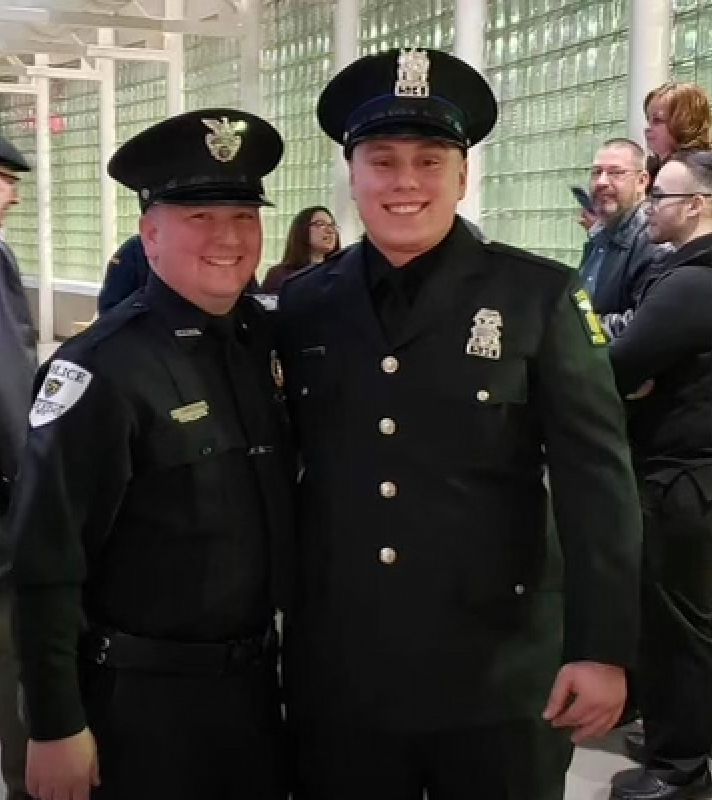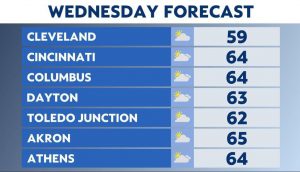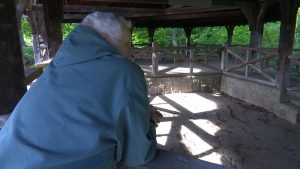COLUMBUS, Ohio — Vaccine providers in Ohio, mainly children’s hospitals, began welcoming patients with multiple medical conditions to receive their COVID-19 immunizations on Monday, officials said.
Local boards of developmental disabilities are responsible for coordinating vaccines for everyone who became eligible Monday under the new medical criteria.
The eligible group is defined as those with “severe congenital, developmental, or early-onset medical disorders AND who have a developmental or intellectual disability,” according to the Ohio Department of Health.
Those local boards were instructed to work with children’s hospitals and some local health departments to schedule appointments, which began Jan. 25 as the state moved into the second part of Phase “1B,” which also includes seniors 75 and older.
The state’s list of medical conditions includes: Cerebral palsy, spina figida, severe congenital heart disease, severe type 1 diabetes (hospitalized in past year), inherited metabolic disorders, severe neurological disorders, severe genetic disorders, severe lung disease (hospitalized in past year), sickle cell anemia, alpha and beta thalassemia, and solid organ transplants.
The group of medically vulnerable residents eligible for vaccines was narrowed earlier in the month due to the slower than expected pace of vaccine supply, officials said.
Gov. Mike DeWine announced on Jan. 19 that many Ohioans’ at high-risk due to medical conditions would have to wait a few more weeks to become eligible. According to the latest update from the state, people who have any of these conditions and do not have an intellectual or developmental disabilities will be eligible to receive the vaccine on Feb. 15.
Ohio Department of Health chief medical officer Dr. Bruce Vanderhoff said the state had to make a tough choice due to the limited supply of vaccines.
“We’re in the very difficult situation of having to say, ‘Well, who is at the highest risk?’” Vanderhoff said Thursday. “Advancing age is the greatest risk factor…We also recognize that there is a very small group of individuals whose biologic and physiologically age may not line up.”
Vanderhoff said the state looks forward to offering vaccines to the wider group with medical risks in a few weeks.
“We’re dealing with something that is a very limited resource. something that, of course, we would like to get in the hands of everyone in Ohio as quickly as possible, but the reality is there’s not enough vaccine for us to make that happen today,” Vanderhoff said.
Further guidance will be released in the coming days regarding who will become eligible due to their medical risks when the wider group is expected to gain access on Feb. 15, the state said in Jan. 22 guidance to vaccine providers.
In Columbus, public health department vaccine appointments were made available Monday morning. Two hours later, they were all booked.
Local health care providers and pharmacies may have available vaccine for people in the current priority group. See a list of other providers here: https://t.co/T7ZSlsqZ6i
— Columbus Health (@ColumbusHealth) January 25, 2021
Seniors and those eligible with multiple conditions may have better luck at other facilities, as local health departments are vaccinating remaining Phase “1A” residents simultaneously with Phase “1B,” while non-health department vaccinators have been instructed they will be out of compliance if they start new Phase “1A” vaccinations at this time.
“Phase 1B enrolled providers who are contacted by Phase 1A populations, such as hospital healthcare workers or non-hospital healthcare workers for vaccination should explain that the state’s COVID-19 vaccination guidance requires their allocation to be used exclusively for Phase 1B populations,” the state’s Jan. 22 guidance directs.
Ohio is supplying vaccines to 700 providers including the health departments, hospitals, federally qualified health centers, and retail pharmacies. According to the guidance document, hospitals have finished vaccinating their staff members “except in extremely limited circumstances.”
The state has started vaccine doses for 607,893 people, or 5.2% of the population. About 30,000 people immunized in Ohio were not reported as residents, including 16,751 who are residents of other states, and 13,389 whose residency is not reported. This population includes health care workers who commute to Ohio from neighboring states.
Ohio made progress in the first week of immunizations for seniors 80 and older. As of Sunday afternoon’s update, 27.8% of seniors have been immunized, while all other age groups were below 7%.
So far, 1.7% of Hispanic/Latino residents, and 1.9% of Black residents have been received a first shot, as compared to 4.3% of white residents and 5.2% of Asian residents.
According to the state’s dashboard, 6.7% of woman and 3.3% of men have been vaccinated.
Gov. Mike DeWine appears optimistic the state may be turning a corner in the fight against the pandemic. Last week, he extended the state’s curfew by just one week, indicating a decision to lift the restriction could come later in the week.
Ohio’s 7-day case average of 5,370 has markedly dropped since a mid-December peak about 10,000.
On Thursday, DeWine teased returning to an 11 p.m. cutoff for on-premise alcohol consumption at bars and restaurants. Ending the restriction could mean some restaurants and stores would remain open later into the evening.




